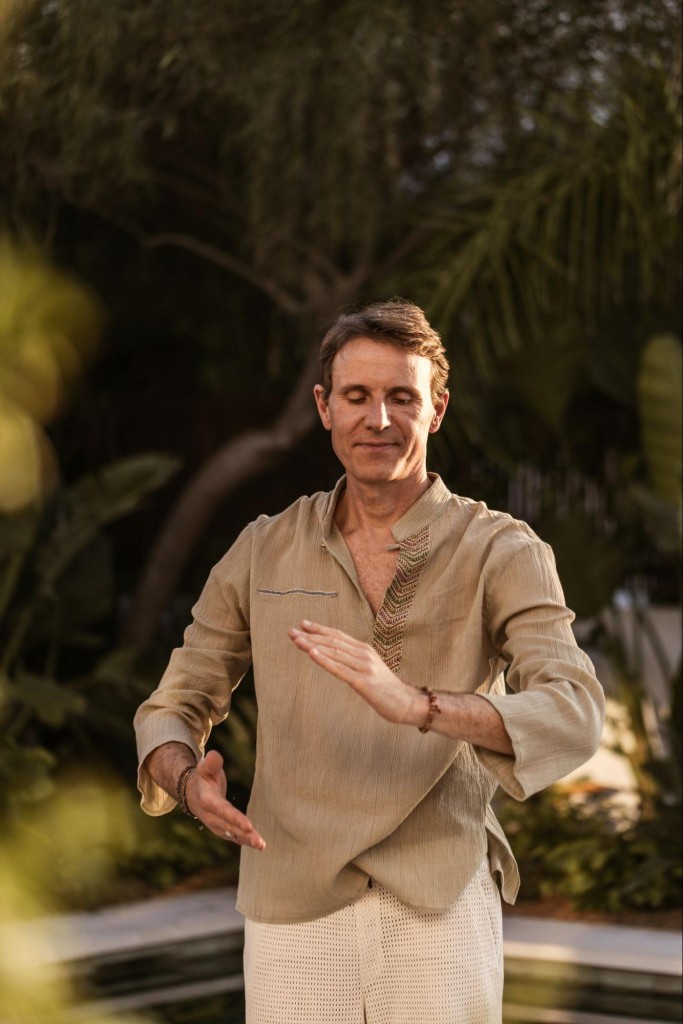27th February 2025
Completing the Stress Cycle (2 min read)

In Burnout: The Secret to Unlocking the Stress Cycle, sisters Amelia and Emily Nagoski argue that stress itself isn’t the main issue—it’s that our coping strategies fail to address the body’s physiological response to stress. They suggest that being “well” isn’t about constantly feeling calm and safe, but about moving fluidly between moments of adversity and peace. It’s about experiencing stress and knowing how to return to a state of calm and recovery.
Stress isn’t inherently bad. In fact, the stress response is part of how our bodies keep us alive.
But stress becomes destructive when it’s chronic, unrelenting, or when we don’t have the tools to process and release it. That’s when the stress response stays activated — keeping the body in fight-or-flight mode for far too long.
Over time, this wears down both our physical and emotional health. Burnout, anxiety, sleep issues, and even immune system dysfunction can all be symptoms.
Imagine nearly having an accident. You avoid the crash, the external stressor is gone, but your body is still flooded with adrenaline. Your heart races, your muscles are tense, you feel shaky.
What do most of us do? We conditioned to get up, pretend everything’s fine, and carry on. We don’t cry. We don’t pause. We don’t let our bodies complete the stress response. And over time, this pattern of suppression can lead to burnout, chronic stress, and even physical illness.
This scenario reflects how many of us live: under constant low-level stress, without allowing ourselves the space to release and recover. Our sympathetic nervous system (fight or flight mode) gets activated, but we don’t give it the signal that it’s safe to come back down. The body is ready for action — but instead of moving through it, we push it down.
Animals give us a clear model of what completion looks like. Take a gazelle that escapes from a lion. After the chase, it doesn’t just go back to grazing — it shakes, trembles, jumps around. It literally shakes off the trauma. Then it returns to a calm, regulated state.
Children do this too — they cry, flail, tremble, and then go back to playing. But as adults, we’re taught to hide distress — to stay composed, keep moving, and not show our feelings. No crying, no shaking, no problem. But our bodies still hold the stress.
So what can we do to complete the stress cycle?
Get up and shake your body, literally, your limbs, your torso, whatever feels right. Don’t worry about looking silly. There’s no perfect technique. Trust that your body knows what it needs.
Most likely you will have a moment of, 𝘢𝘩𝘩𝘩𝘩, I feel okay again.
If you have any questions or would like to schedule a free call, please feel free to reach out via the contact form.
Feature Image by Rubēn Sānchez. @Zoonchez
Learn more about the Artist: www.iamrubensanchez.com/about





